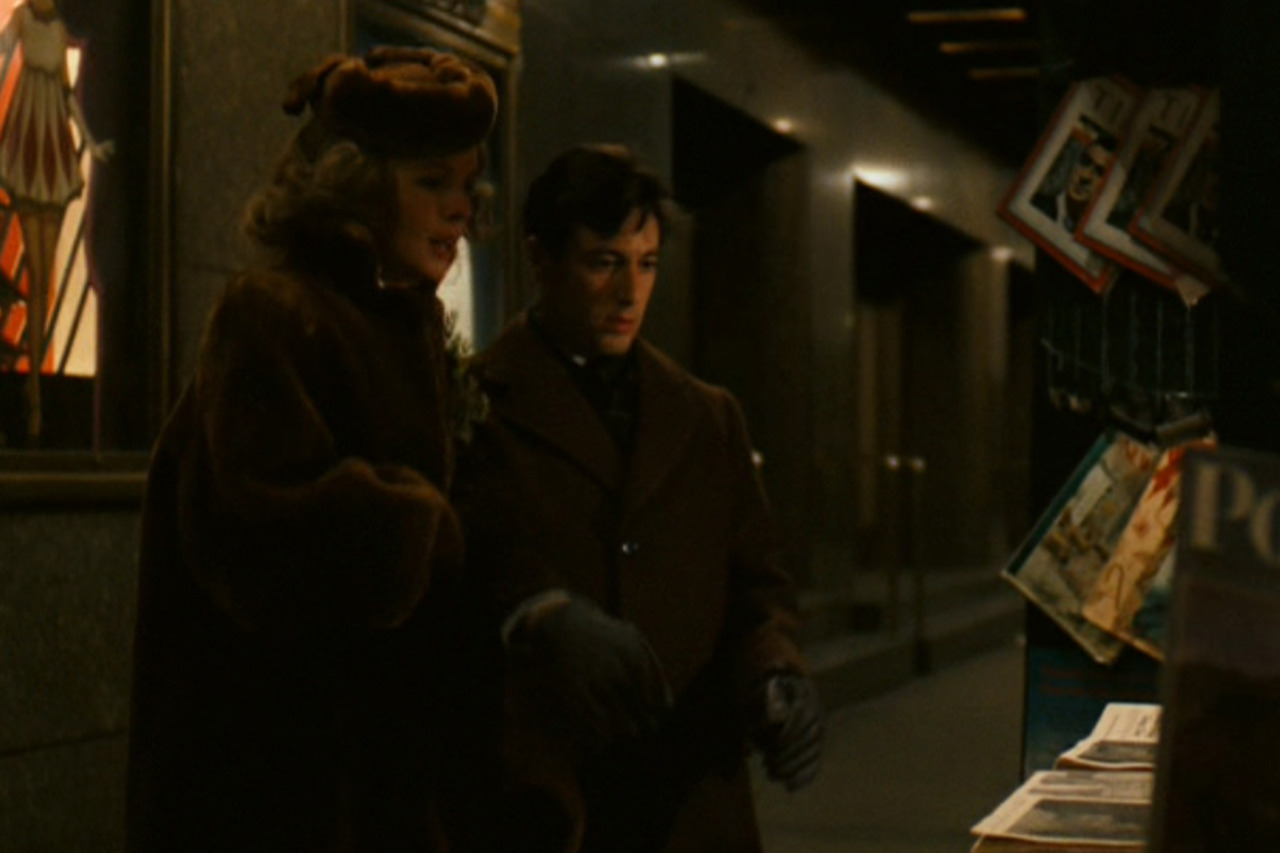Happy 100th, Julia Child.
The TV camera zooms in for a close-up and focuses on her hands. She may be dicing an onion, mincing a garlic clove, trussing a chicken. Her fingers fly with the speed and dexterity of a concert pianist. Strength counts, too, as she cleaves an ocean catfish with a mighty, two-fisted swipe or, muscles bulging and curls aquiver, whips up egg whites with her wire whisk. She takes every short cut, squeezes lemons through “my ever-clean dish towel,” samples sauces with her fingers. No matter if she breaks the rules. Her verve and insouciance will see her through. Even her failures and faux pas are classic. When a potato pancake falls on the worktable, she scoops it back into the pan, bats her big blue eyes at the cameras, and advises: “Remember, you’re all alone in the kitchen and no one can see you.”
Read the rest of TIME’s November 25, 1966 cover story on Julia Child here.








